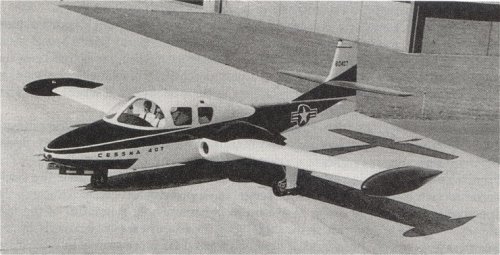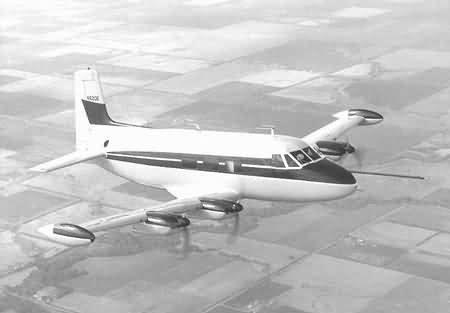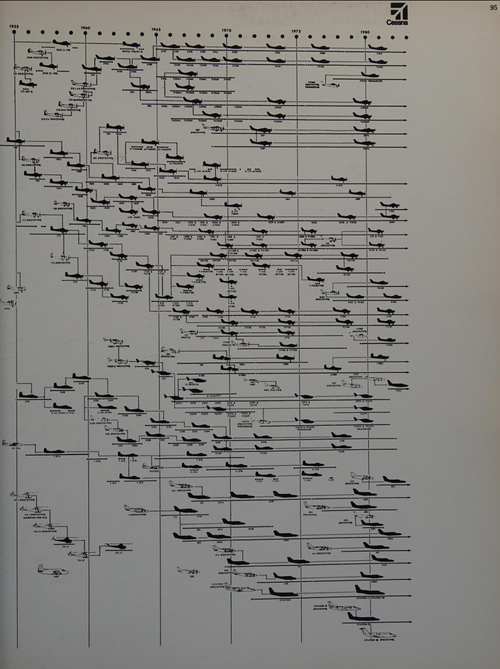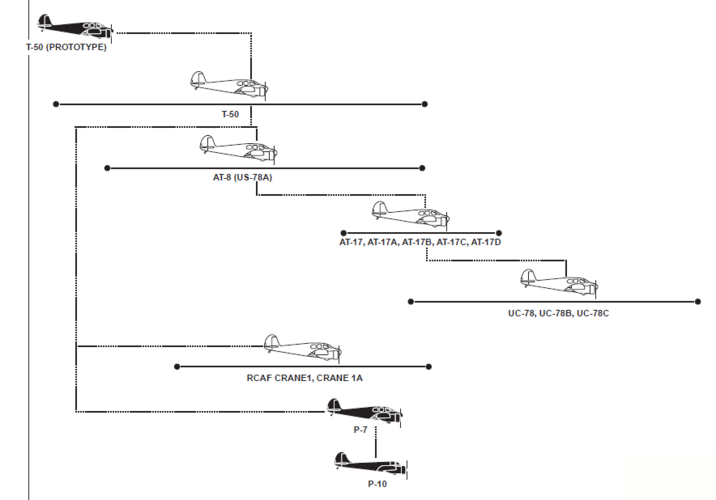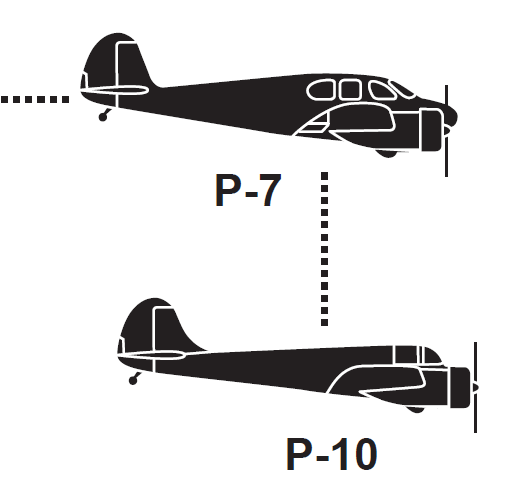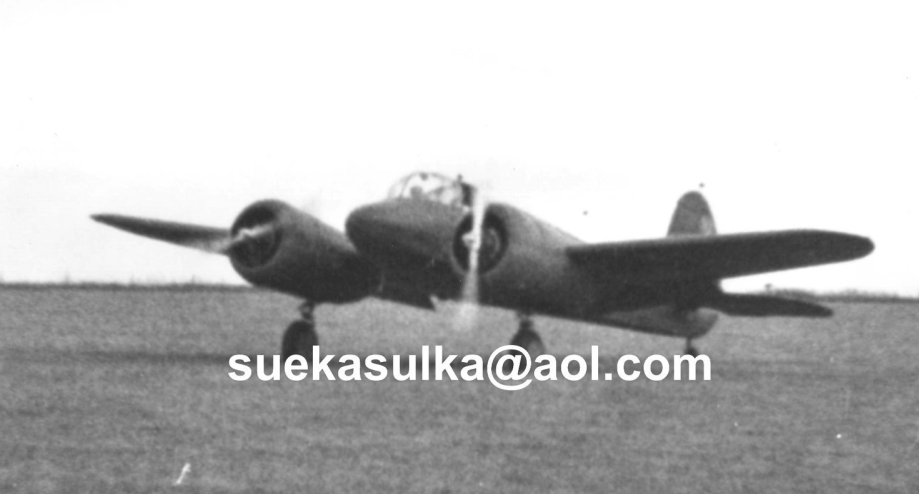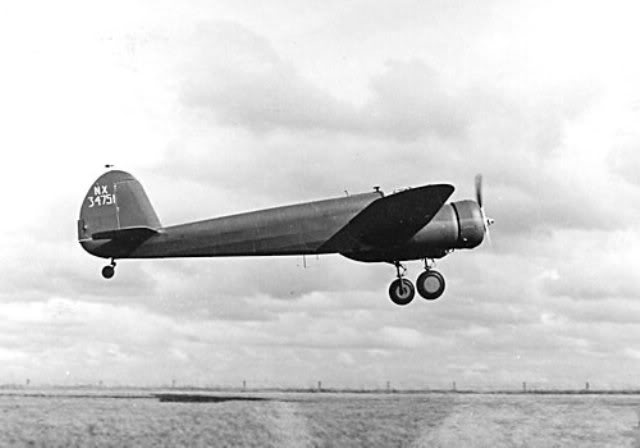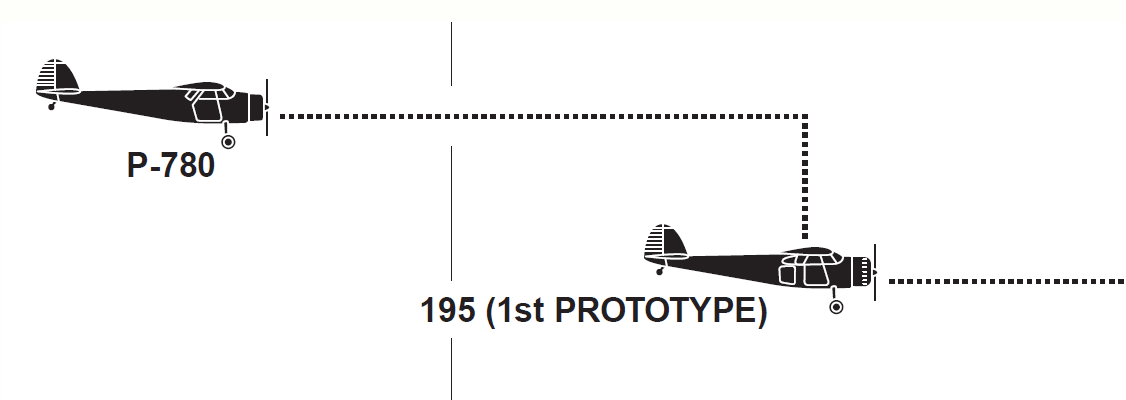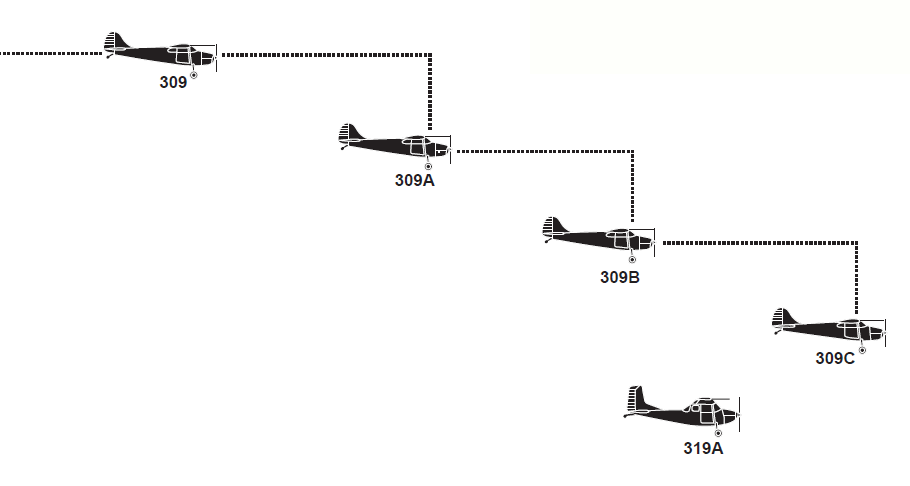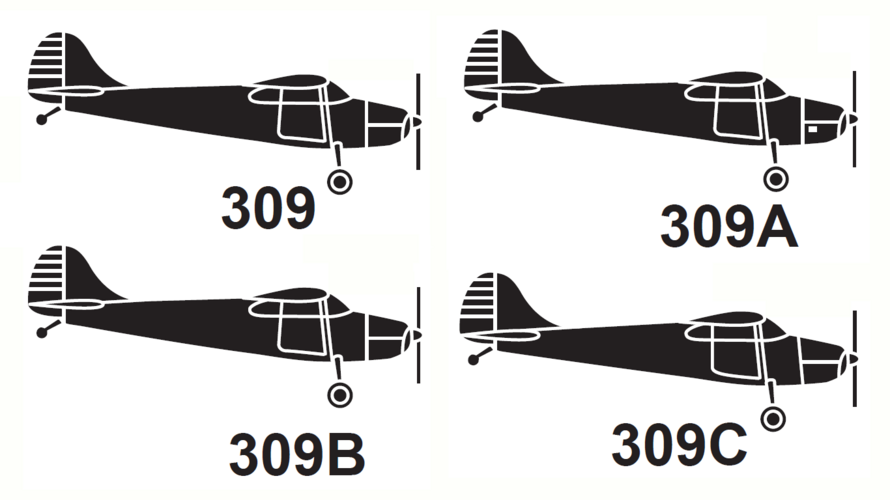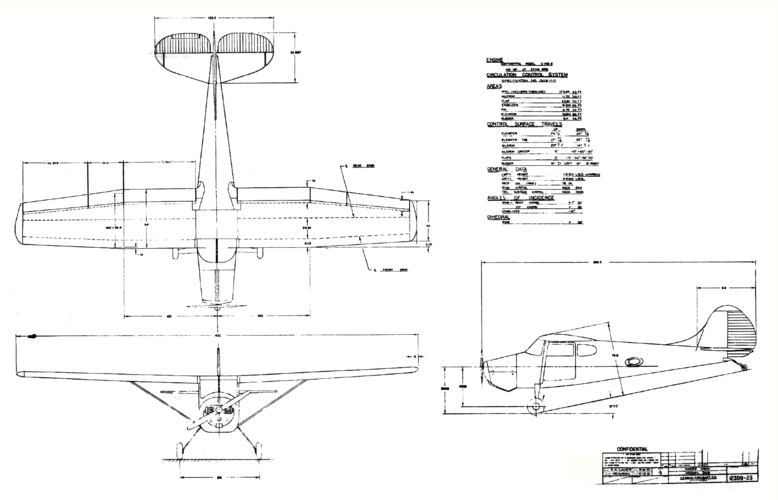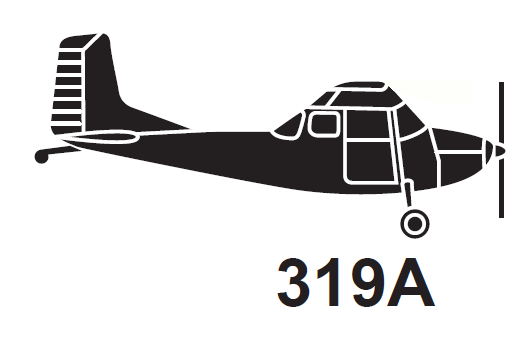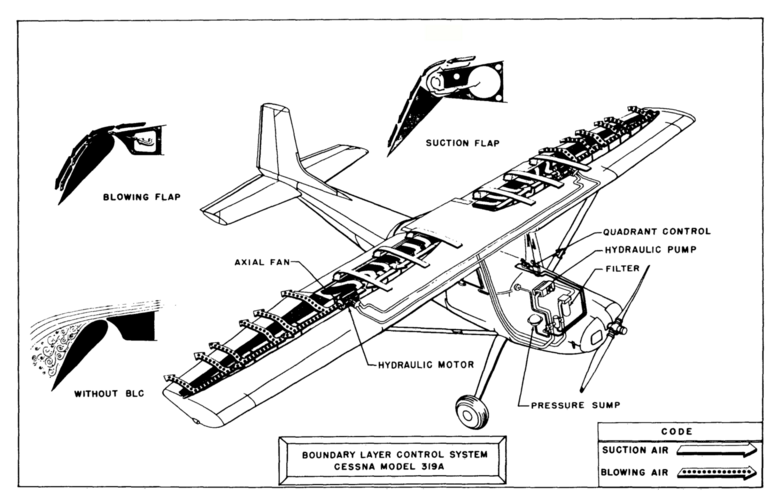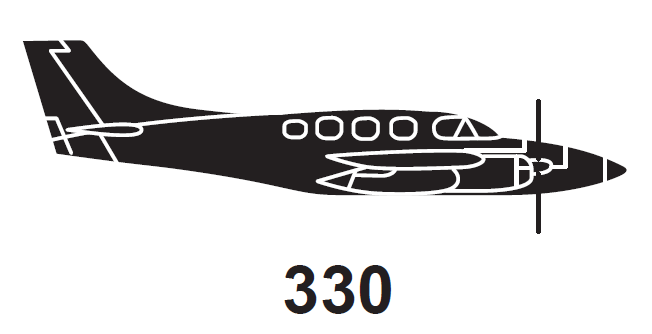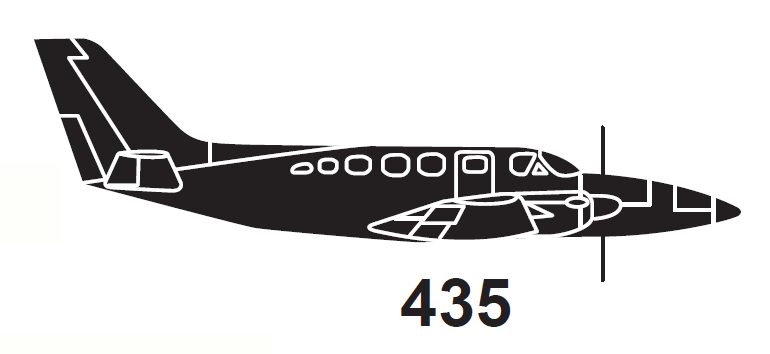ksimmelink
Phormer Phantom Phixer
Sentinel Chicken said:Source: Airlife's General Aviation, Second Edition by RW Simpson
The complete listing of Cessna project/model numbers would take pages, but here's the basic recap:
100 Series | Light single engined up to 280hp | ex. Cessna 172
200 Series | Larger single engined over 280hp | ex. Cessna 208 Caravan
300 Series | Light twin up to 600hp | ex. Cessna 310, Cessna 337 Skymaster
400 Series | Medium twin over 600 hp | ex. Cessna 401
500 Series | Light turbofan | ex. Cessna 525 CitationJet
600 Series | Medium turbofan | ex. Cessna 650 Citation III
700 Series | Large turbofan | ex. Cessna 750 Citation X
Naturally there have been exceptions to this, most notably the Model 318 (T-37 jet trainer) and Model 305 (O-1 Bird Dog).
Cessna has also used letter suffixes, previously to denote successive model years (ex. Cessna 172D, 172E, for example) but later used a new letter suffix attached to the model number only when there were signficant changes to the model (ex. Cessna 208A Caravan stretched to become the Cessna 208B Grand Caravan). Single engined models sometimes got "RG" when they were offered with retractable undercarriage (most notably the 172RG and 177RG models of the Skyhawk and Cardinal, respectively).
The letter prefix "R" was used to denote models built by Cessna's French subsidiary, Reims (ex. R172)
Other exceptions to the rule were:
Cessna Model 308 which was an updated observation plane (I think based on the 185)
Cessna Model 407 which was a jet passenger aircraft
Cessna Model 620 which was a 4 engined prop business plane

